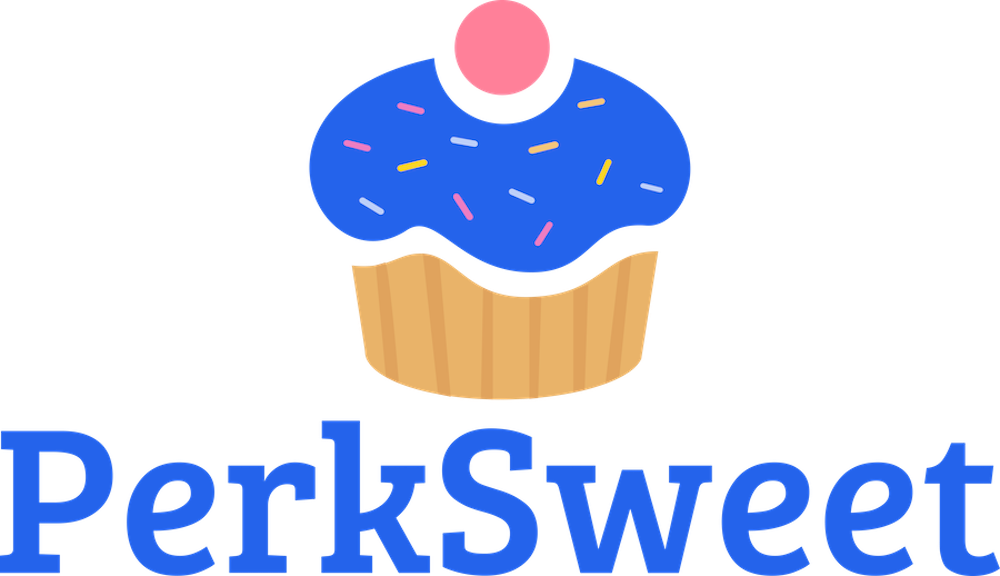The Importance of Employee Recognition
In today’s dynamic work environment, recognizing and appreciating employees’ contributions is no longer a nice-to-have, but a must-have. A robust employee recognition program is pivotal in boosting morale, enhancing engagement, and fostering a positive workplace culture. However, the effectiveness of these programs hinges on their alignment with innovative features offered by modern employee recognition platforms.
Innovative Features Elevating Employee Recognition
Behavioral Email and Machine Learning Integration
One of the standout features in the latest employee recognition platforms is the integration of behavioral email automation and machine learning. Platforms like PerkSweet utilize these technologies to personalize communication and create an intuitive user experience. This approach not only saves time by anticipating user behavior but also personalizes the reward shopping experience, a crucial aspect considering that 65% of employees feel more motivated by peer recognition, according to Forbes.
Service Anniversaries and Customizable Rewards
Automated recognition for service anniversaries has become standard, with platforms providing one-click enrollment and conditional logic for instant rewards. This automation extends to the entire rewards catalog, which uses behavioral technology to tailor selections to each employee’s preferences. According to Blackhawk network, given that 88% of millennials express a preference for personalized rewards like prepaid cards, this feature’s significance cannot be overstated.
Comprehensive Program Budget Management
Another critical aspect is budget management. Platforms like PerkSweet offer sophisticated templates and tools for budget segmentation, ensuring that recognition programs are cost-effective and aligned with organizational objectives. This is vital in an era where businesses spend approximately $3.25 billion annually on employee recognition merchandise, according to FMI.
Employee Recognition: A Catalyst for Engagement and Retention
Studies show that organizations with strategic peer recognition programs report 48% higher staff engagement, said People Pulse. Moreover, Deloitte reported that companies with advanced recognition practices are 12 times more likely to generate strong business outcomes. Additionally, employee recognition has a direct correlation with retention; 69% of employees stated that better rewards would encourage them to stay longer with their current employer, according to Business Leadership Today.
The Human Touch in a Digital Era
Despite the technological advancements, the human element remains paramount. Employees still value verbal appreciation, with 54% preferring a simple ‘thank you’ for day-to-day accomplishments (Deloitte). Recognition from higher-ups also carries weight, with nearly 90% of workers reporting higher trust levels in supervisors who acknowledge their efforts, said Quantum Workplace.
Beyond the Workplace: Recognition Reflecting Company Values
Innovative employee recognition platforms are not just about acknowledging achievements; they’re about reinforcing company values and culture. 83% of HR leaders believe that recognition can strengthen organizational values, according to SHRM. This alignment is crucial, as 52% of employees think that their recognition program is not aligned with organizational goals, said Deloitte.
Expanding the Scope of Recognition
Diversity and Inclusion in Recognition Programs
An essential aspect of modern recognition platforms is their ability to integrate diversity and inclusion. By acknowledging the unique contributions of a diverse workforce, companies reinforce a culture of inclusivity. This is particularly important considering that only 32% of HR leaders say their recognition programs include a D&I component, according to McKinsey & Company.
Gamification: A Double-Edged Sword
While gamification can add an element of fun to recognition, it’s crucial to strike the right balance. SHRM reported that around 70% of people believe that overly competitive gamification can have a negative impact, making employees feel undervalued. This highlights the importance of designing recognition programs that foster a positive, collaborative environment.
The Role of Leadership in Recognition Practices
Leadership plays a pivotal role in the success of recognition programs. High-ranking supervisors who take the time to express appreciation can significantly impact employee engagement and morale. Surprisingly, 24% of workers say that their most memorable recognition came from the CEO, underscoring the impact of leadership acknowledgment, said Gallup.
The Future of Employee Recognition
Looking ahead, the trajectory of employee recognition platforms seems increasingly intertwined with technological advancements and a deeper understanding of human psychology. The focus is not only on recognizing ‘what’ employees achieve but also ‘how’ they achieve it, in line with the company’s core values and culture.
Enhancing Recognition through Continuous Feedback
In a fast-paced work environment, continuous feedback is crucial. Annual reviews are no longer sufficient; real-time recognition aligns more closely with the immediate nature of today’s work dynamics. Innovative platforms provide options for instant feedback and recognition, bridging the gap between performance and acknowledgment.
Further Discussion
1. What are the benefits of using innovative features in employee recognition platforms?
Innovative features in employee recognition platforms, such as behavioral email, machine learning, and automated service anniversary recognitions, enhance personalization, save time, and align recognition with employee preferences, thereby boosting engagement and retention.
2. How do machine learning and behavioral email improve employee recognition platforms?
Machine learning and behavioral email in employee recognition platforms personalize the user experience, anticipate user behavior, and tailor reward recommendations, making the process more efficient and engaging for employees.
3. Why is budget management important in employee recognition platforms?
Effective budget management in employee recognition platforms ensures that recognition programs are cost-effective and aligned with organizational objectives, crucial in a context where businesses annually invest billions in employee recognition.
4. What impact does employee recognition have on engagement and retention?
Employee recognition significantly impacts engagement and retention, with studies showing a 48% increase in staff engagement in organizations with strategic peer recognition programs and a direct correlation between recognition and employee retention.
5. How does employee recognition align with company values?
Employee recognition aligns with company values by reinforcing and instilling these values through acknowledgment of behaviors and achievements that reflect them. This alignment is essential for ensuring that the recognition program supports the organization’s overall goals.

